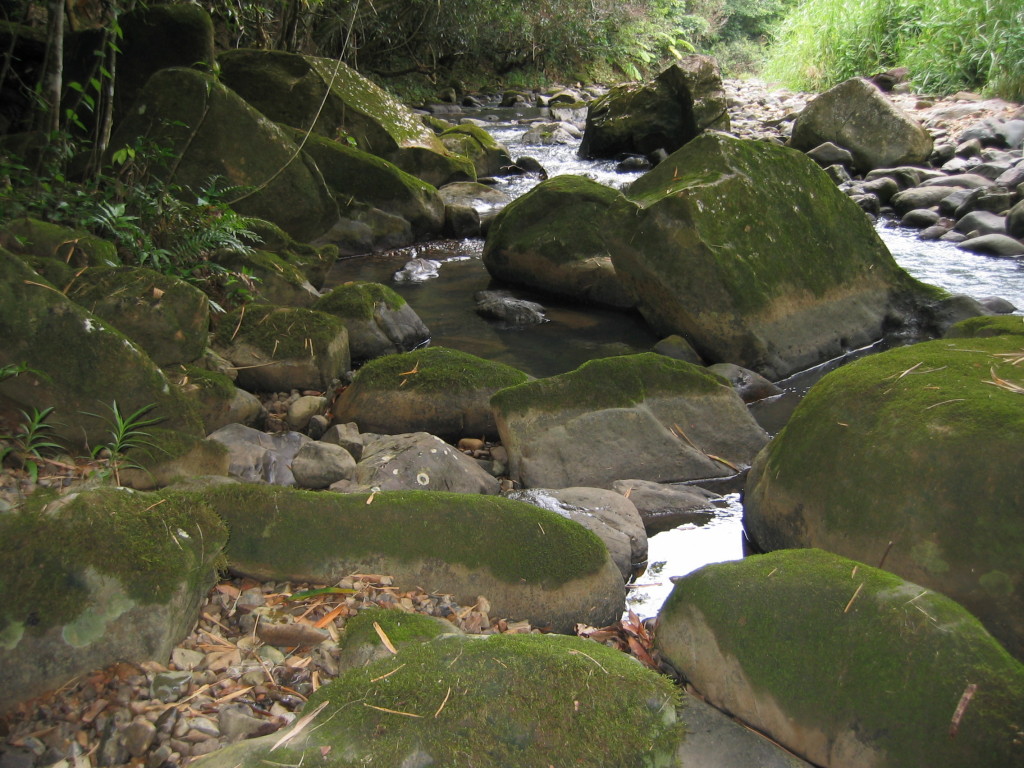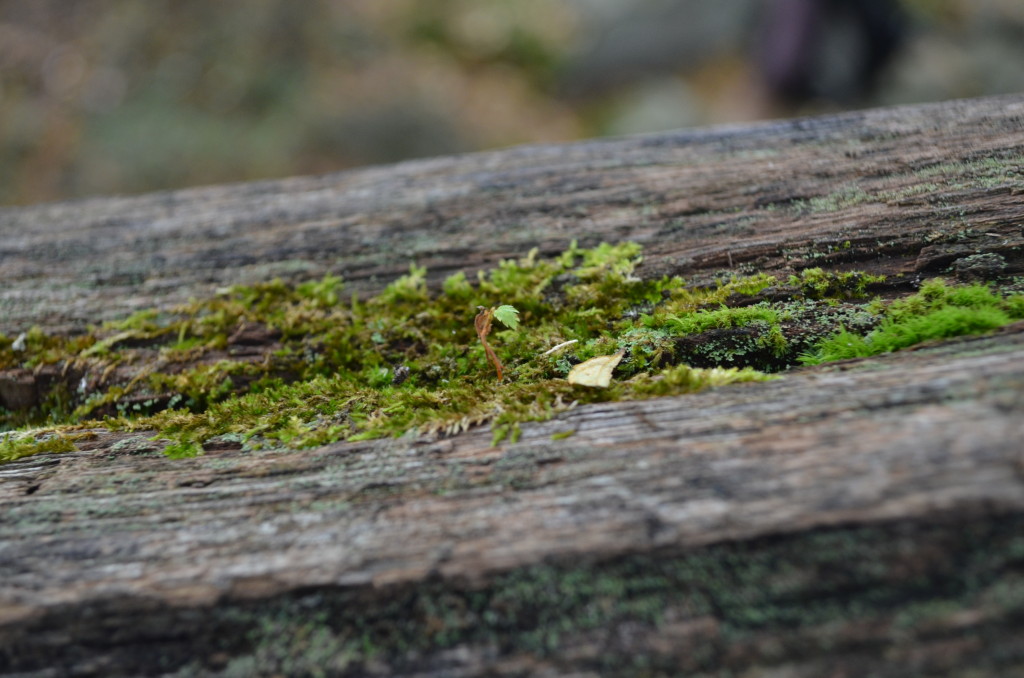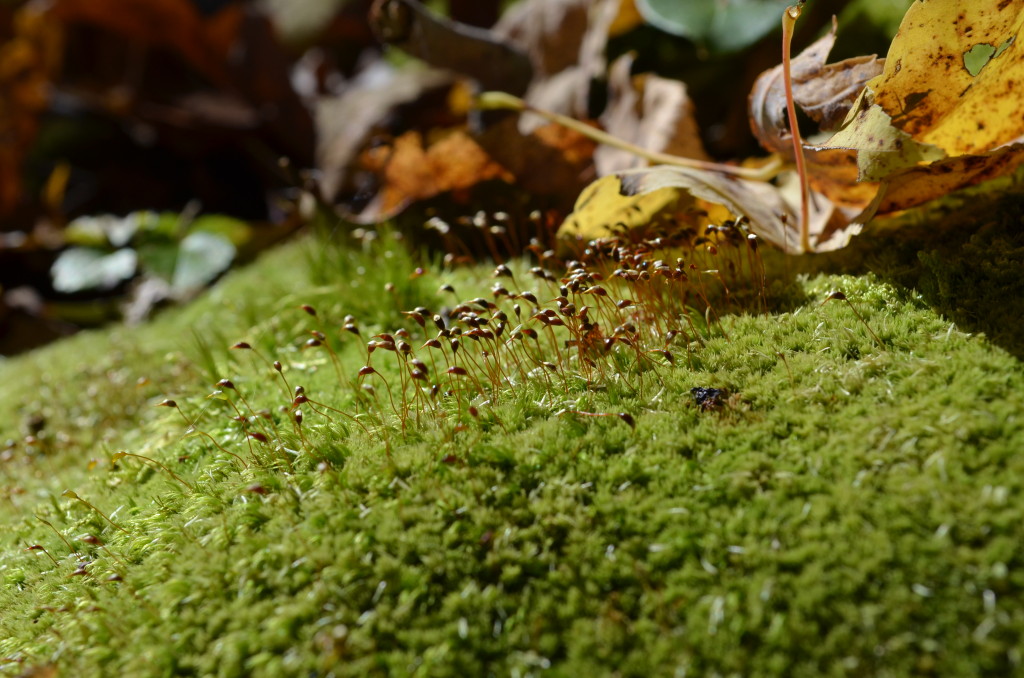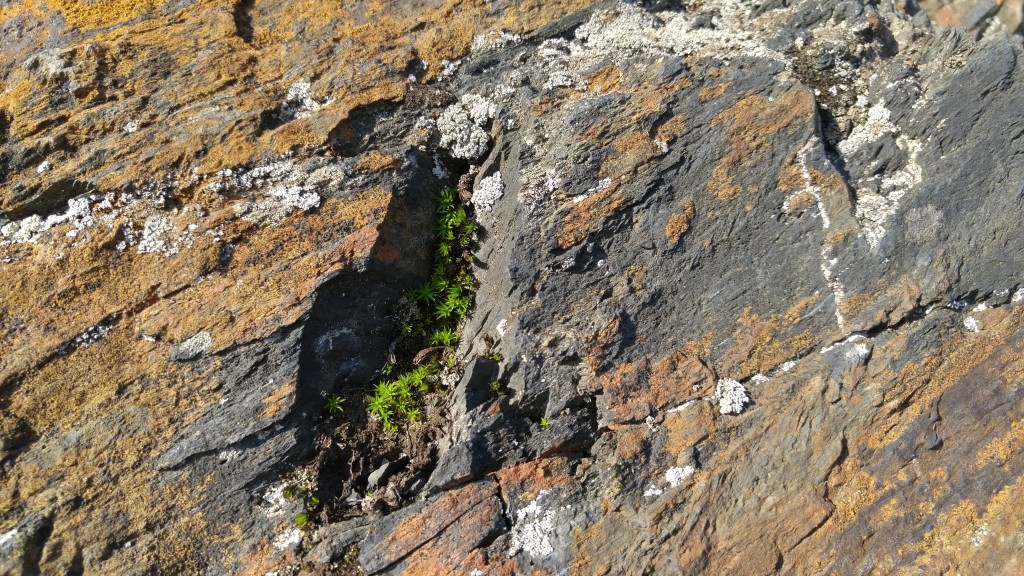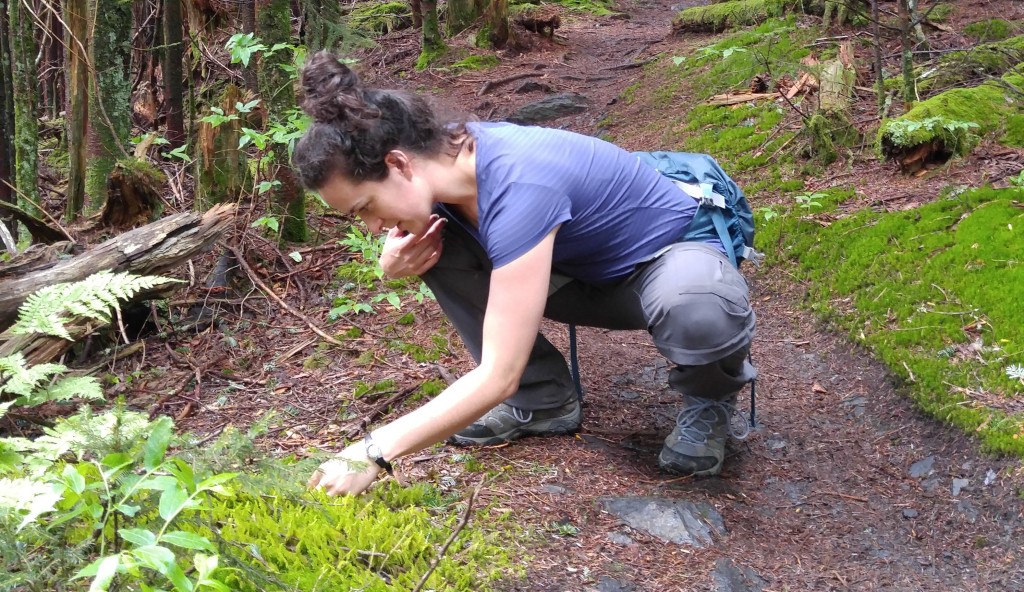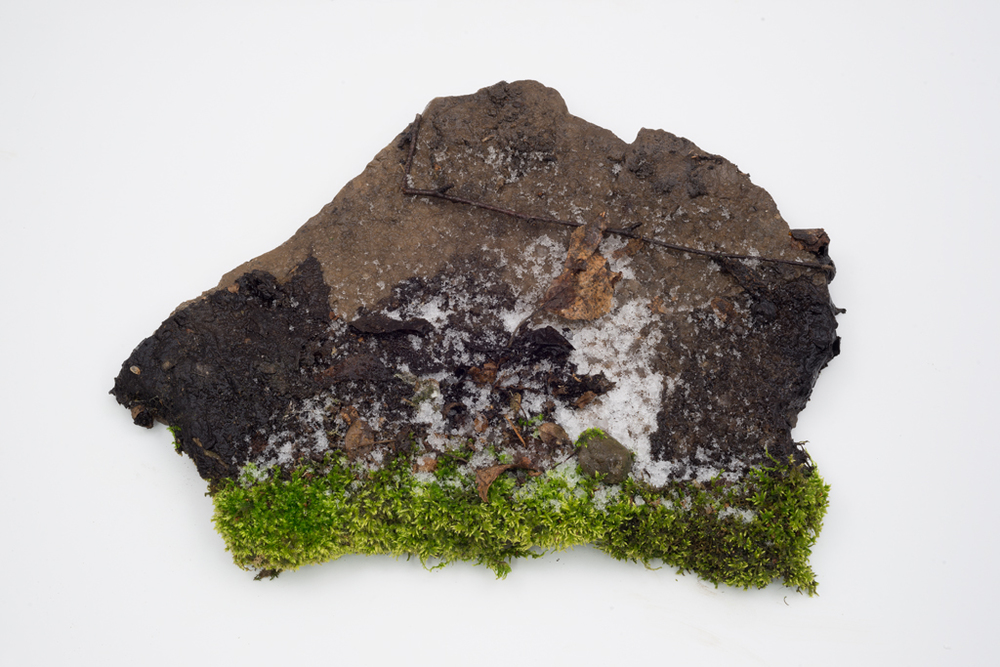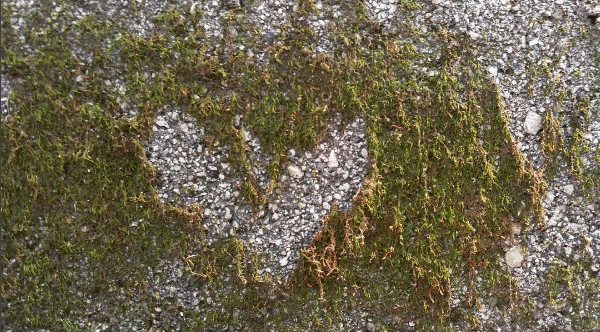By Christina Catanese, Director of Environmental Art
I’ve had a moss fascination as long as I can remember. Friends find me difficult to hike with, as I’m often hanging back crouched down over a mossy growth. I have taken more photos of moss than most people would probably find reasonable. In college, I did a research project on the ‘moss line’ in a montane stream – the bright line I observed where moss stopped growing on the creekside rocks. I own more than one piece of moss jewelry.
Why moss? I think I’m fascinated by how often overlooked these life forms are, and the unique niche they occupy. I love their scale – tiny, yet complex. I relish encountering patches of moss that feel like entire, tiny little worlds in themselves.
Emboldened with a newly acquired moss field guide, last fall I started gathering my own samples and trying to get into the identification. I’ll tell you, it isn’t easy to do as a wannabe bryologist. Pleurocarp or acrocarp – are they large or small? (They are all small). Leaves – are they hair-like, lance, ovate, sickle or tongue shaped? (You call those tiny things leaves?). Do the leaves have a midrib? (Yikes). Growing on a rock, log, or bare soil? (Shoot…where did this specimen come from again?).
Our summer gallery show, Bryophilia, has given me a wonderful excuse to immerse myself even more in the world of moss. We’re thrilled to present a gallery show of artist Marion Wilson’s stunning photographs of microscopically enlarged mosses. Wilson prints intricate and lush photographs of tiny sprigs of moss on treated mylar sheets, hundreds of times the normal size. From afar, these magnificently scaled up prints appear to be alien forms; they invite a closer look to interpret their curious shapes and structures. We’ll even have some real, live moss growing in the gallery.
I’ve also been reading Gathering Moss, by renowned bryologist Robin Wall Kimmerer, professor of environmental biology at the SUNY College of Environmental Science and Forestry and collaborator of Wilson’s. It’s a beautiful natural history read even for those not involved in a mossy love affair. Kimmerer blends botanical, scientific knowledge with her indigenous heritage, encouraging discussion of diverse ways of knowing; this is on full display in a recent podcast through On Being, a terrific listen.
Having my moss antennae up, I’ve started to see moss everywhere: cracks in the city sidewalk become an opportunity to notice nature thriving in unexpected contexts. What most would call unkempt roof shingles become a de facto green roof, with moss left to do its own, slow thing. As I tell friends about our upcoming gallery show, closet moss lovers are coming out of the woodwork, sharing their own cherished moss facts.
When you look small, the world gets large.
Bryophilia opens at the Schuylkill Center in the gallery with a reception on Saturday, June 11 from 4-6 pm.
